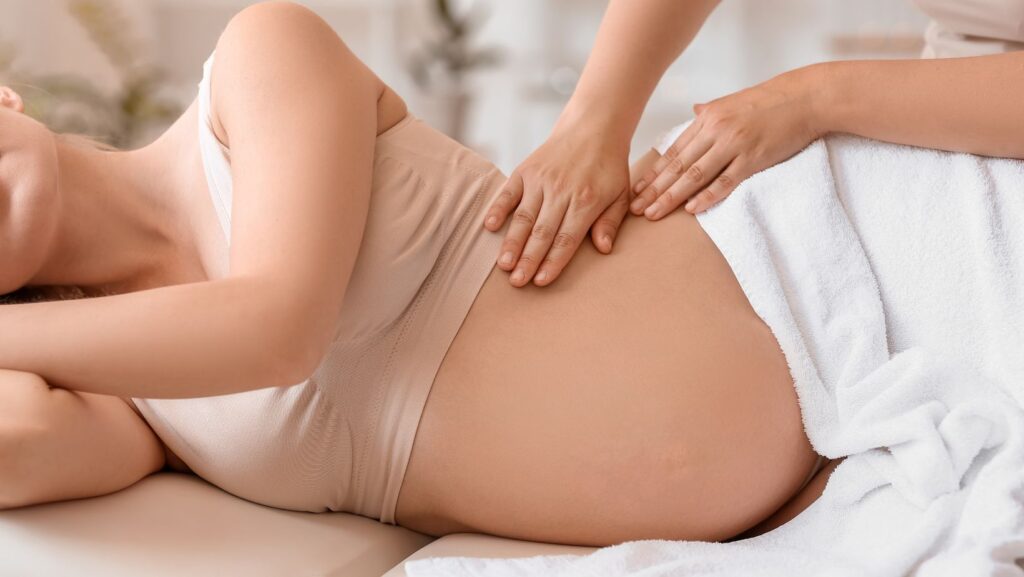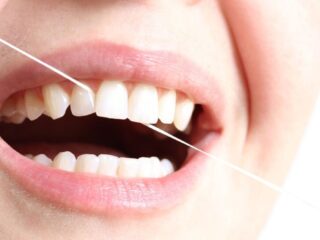
When you’re expecting, preparing for birth is more than just packing a hospital bag or attending a few classes. There’s this thing called perineal massage. Not many folks talk about it, but it can help with delivery. The name sounds somewhat medical, but the actual thing is gentle. It helps lower the chances of tearing during childbirth.
Lots of women feel unsure at first. Like, is it needed? How do you even do it? But once they know what it does, it often becomes part of their prep before the big day. If you’re going for a vaginal birth, this small massage might help you heal better after.
Getting Started with the Right Tool
To begin your massage practice comfortably, it’s essential to use the right tool. Many parents prefer using a specially designed massager to help ease into the routine, one made to match the sensitive anatomy and reduce discomfort. You can shop perineal massage tool online to get started with a product that offers a gentle grip and easy use.
Perineal massage is typically done in the last four to six weeks of pregnancy. A comfortable, safe tool helps reduce the pressure on your hands and allows better reach, especially as your bump grows. Just remember: it’s not about doing it perfectly but doing it with care and consistency.
What Is Perineal Massage Exactly?
Perineal massage means gently stretching the skin between the vagina and the anus. That spot’s called the perineum. It often stretches a lot during birth, and sometimes it tears. This happens more with first-time mums. Regular massage can make the skin softer and improve blood flow.
The goal is to prepare the skin and muscles for when the baby’s head emerges. If you do it slowly and correctly, it may lower the chance of tearing. Or needing something like an episiotomy. You don’t need to press hard. It’s more about slow, steady stretches. Just make sure your hands are clean. Use a bit of natural oil or something slippery to make it feel comfortable.
Why It Matters More Than You Think?
Some people are surprised at how such a small habit can make a big difference. Perineal massage has been linked with fewer interventions during labor. That means less chance of stitches and faster recovery post-birth.

You can also feel more in control of your birth experience. When you’re used to the sensation of pressure or stretch in that area, the process of pushing might feel less shocking or intense. Think of it as physical and mental prep rolled into one calming routine.
When to Start and How Often to Do It?
The best time to begin perineal massage is around week 34 or 35 of your pregnancy. Aim to do it about three to four times a week—some do it daily if it feels comfortable. Each session should last around five to ten minutes.
You don’t need a full setup or spa session to get started. Just a quiet moment, clean hands or a hygienic tool, and a comfortable position (like lying down or propping one leg on the toilet seat). If it feels a bit awkward at first, that’s normal—most new things do.
Steps to Do It Right
First, wash your hands properly. If you’re using a tool, clean it with warm water and mild soap. Then, grab some natural oil, such as coconut oil, almond oil, or vitamin E oil.
Put your thumbs or the tool just about an inch inside the vaginal opening. Gently press down toward the back and sides, forming a “U” shape.
Hold it there for a few seconds. Then let go and do it again. It should feel like a soft stretch, not a sharp pain. If it aches afterward, maybe you pressed too hard. Just go lighter next time.
Using a Massage Tool for Comfort and Support
As your belly grows, it gets harder to reach down there. That’s when a massage tool can help. These tools are designed to fit your body more comfortably and reduce strain on your hands. They also allow you to control the pressure, so you don’t go too far without intending to.
Many mothers say the tool made things feel easier. And more comfortable, too. If you’re thinking of giving it a go, it’s simple to buy one online. Most come in discreet packages, so there’s no need to worry. Just look for one with a soft tip and a handle that’s easy to grip.
Talking to Your Midwife or Doctor
Before starting perineal massage, it’s a good idea to mention it during a routine check-up. Most healthcare providers will give it a thumbs-up, especially for first-time mums. But if you have complications like placenta previa, infections, or other high-risk conditions, they may advise against it.
Getting your midwife’s guidance can also help with technique and building confidence. They can reassure you that discomfort is normal at first and that it gets easier with practice. Open communication also allows you to feel supported as you add this to your prenatal care plan.
Pregnancy can come with a mix of surprises, but some things—like preparing your body for birth—can be managed with a little help and knowledge. Perineal massage is one of those small, simple habits that can have a big impact on how your delivery and recovery go. It’s not complicated, not painful, and not expensive—but it might just help you heal faster, tear less, and feel more ready. Whether you use your hands or a massage tool, your body will thank you later.












